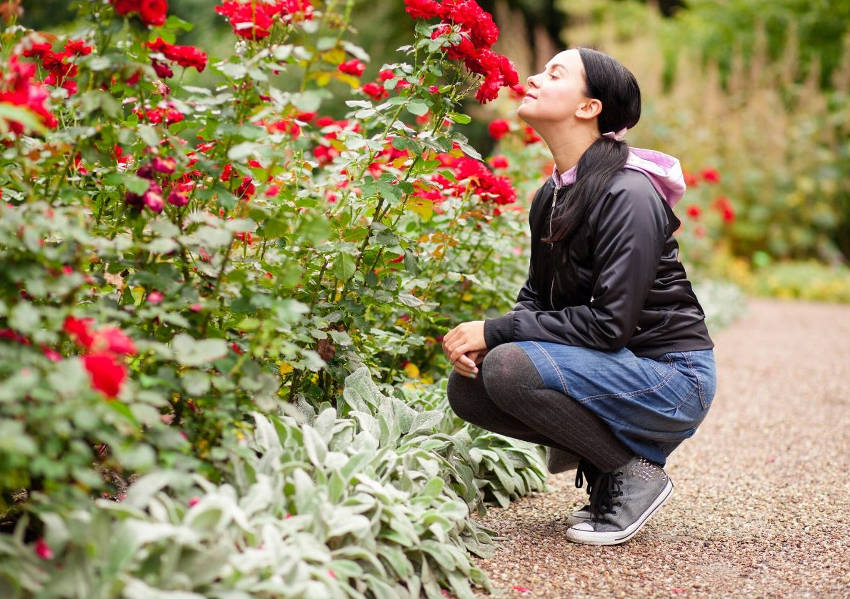A flower garden in full bloom is a riot of colour and perfume. But while this is a wonderful experience in itself, it can be taken to a new level by designing a garden that stimulates all five of our senses simultaneously, often in unexpected and novel ways.
These gardens are called sensory gardens, and they can play several important roles.
More Than Just Aesthetics
While a sensory garden is a treat to simply enjoy, it can also serve therapeutic purposes. It's well known that time spent in natural surroundings is great for relaxation and stress relief, and a well-designed sensory garden can increase this effect. With all senses being stimulated, the garden becomes the entire focus of the moment, blotting out the noise of daily life.
Sensory gardens are also useful for people with disabilities, as they can be designed to be more accessible and connect with everyone, whichever sense they find most acute.
Similarly, they offer much value for people with dementia, severe autism, or other conditions which can put up barriers between a person and their surroundings. By offering a varied range of stimulation in a safe and comfortable environment, sensory gardens can help break these barriers down for a while.
What's more, sensory gardens are also well suited to educational settings. Young people (or older ones!) can enjoy an entertaining experience, with opportunities to learn about horticulture or nature in a way that's more approachable than dry textbook learning.
But of course, aside from these very real therapeutic benefits, creating a sensory garden also gives keen gardeners increased enjoyment and more varied ways of appreciating the results of their work.

Creating Your Own Sensory Garden
Sensory gardens can become quite complex and involved, particularly the more formal ones created for therapeutic reasons. But there's nothing to stop you incorporating just some of the principles into your own garden to add an extra sensory dimension to it.
Here are some ideas for doing exactly that, broken down across the five senses.
- Sight
A conventionally beautiful garden is valuable in its own right, but for a sensory garden it's important to also consider how it can stimulate those with a visual impairment.
For example, brightly coloured flowers with high contrasts can create a much bigger impact than delicate white alyssum, however attractive those tiny flowers may be. Ideas to try include flowers such as zinnia, cosmos, Californian poppy, petunia, pansy, hydrangea, and so on.
But it's not just blooms which can provide colour. Grasses, shrubs and trees with bright leaves will also add extra interest, with the advantage that they're also likely to be longer-lasting than flowers, helping to extend the sensory garden through the seasons. Ideas to try include amaranth, coleus, and Japanese maple.
Also, consider adding height with large ferns, bamboo, or conifers, perhaps pruned into interesting shapes to attract attention. If you can find space for a buddleia shrub or other plants which attract butterflies, you can increase the visual appeal with natural, living movement too.
Lastly, sensory gardens are a great chance to use unusual containers such as old car tires, bathtubs, or wheelbarrows. The more unexpected they are in a garden context, the greater their visual impact.
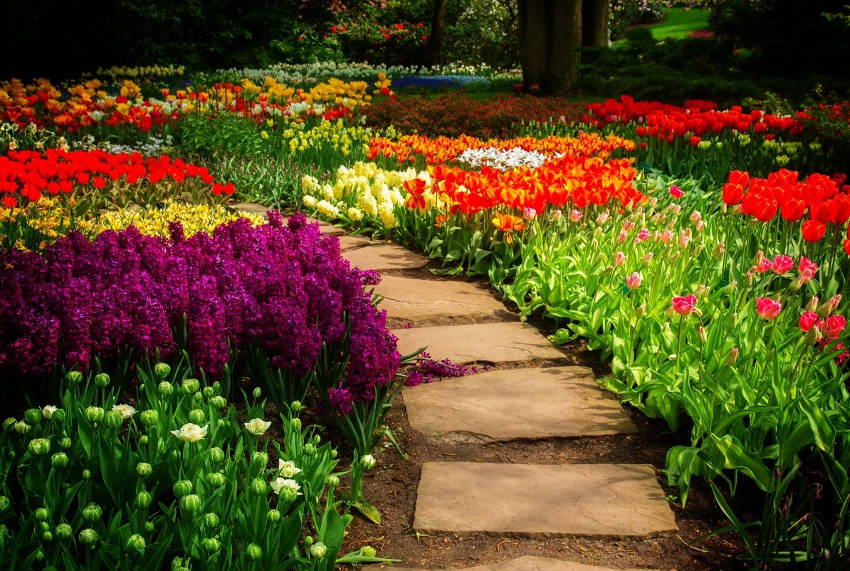
- Smell
Smell is an important part of a sensory garden. Not only does it increase the appeal for everyone, it can also provide the main sensory experience for those with poorer vision.
Sweet-scented aromatic flowers such as honeysuckle or roses are a good choice, as are powerful herbs like lavender, rosemary, oregano, and mint. Try planting them next to paths so that they'll be brushed against to release their scent. You could even place tough specimens like creeping thyme in paving cracks so they'll be trampled underfoot.
When creating your scented garden, it's important to plan it carefully. While contrasts in colour or shape can work very well, odours will tend to interfere with each other and lose their individuality. Try and keep separate scents well spaced, unless you're sure they'll complement each other well.
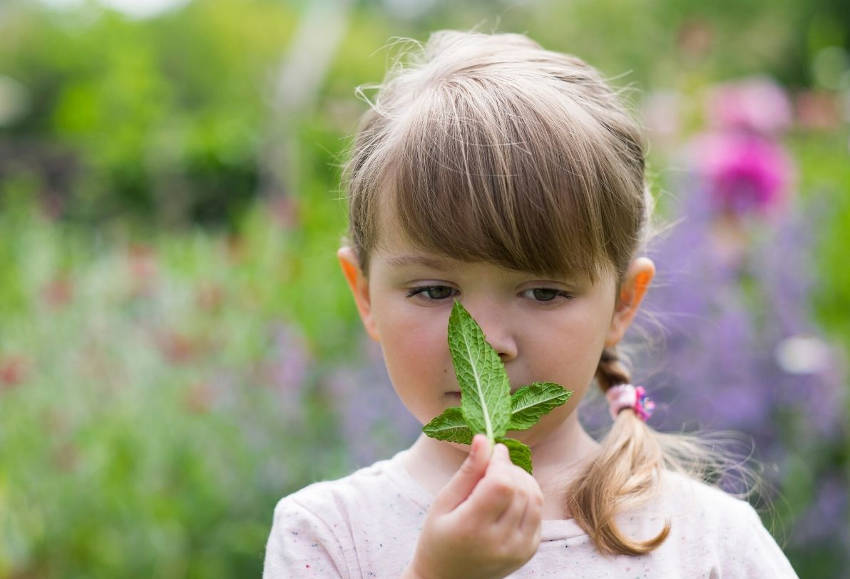
- Touch
The plant world offers plenty of opportunities for tactile variety. Aim for a mixed range of foliage textures, such as the soft lamb's ear, the thick and hairy sage, and the fine and feathery fern.
For coarser textures, tree bark and bamboo stems offer a change of pace, and you shouldn't overlook the possibilities of non-organic materials such as stone or even wrought metal.
Again, try planting lighter plants next to or overhanging paths, so that brushing against them happens naturally. However, avoid using extremely delicate plants where they're in easy reach: touching is to be encouraged, without risking the plants' health. Also, think twice before adding a spiky cactus or thorny rose, unless you're sure all visitors can be safely left unsupervised.
_850.jpg)
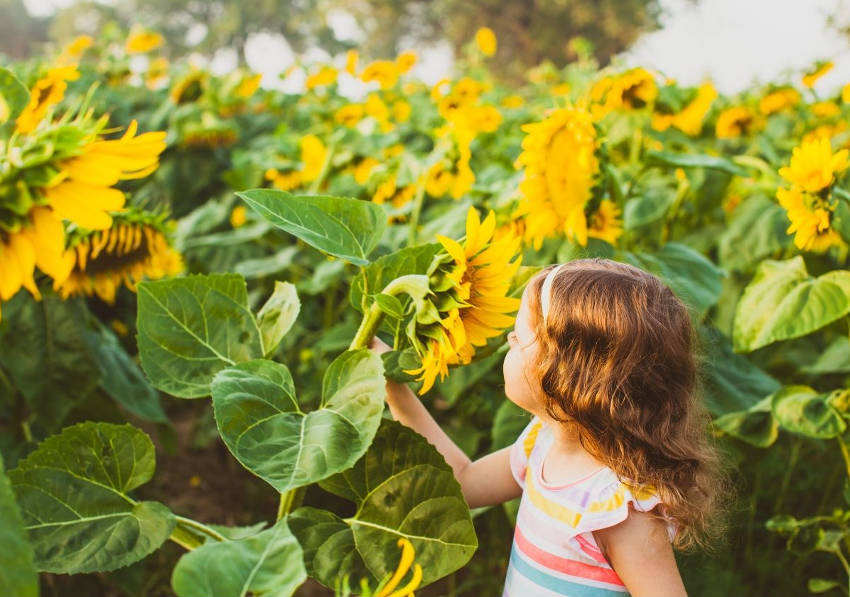
- Sound
Some plants provide sounds as part of their natural form. For example, honesty produces scratchy seedpods which combine sound, texture, and engaging looks in one distinctive package. Tall grasses and bamboo will rustle in the breeze, and on a larger scale thin-branched trees including birch, pine, and poplar offer a similar effect.
Extra sound can be provided by wildlife too. Install bird feeders, baths, and houses to encourage avian visitors who'll bring soothing song as well as movement and colour.
It's also possible to add sound from non-natural sources. Installing a safe water feature can give a relaxing background burble, while wind chimes and bells add an extra sonic layer on breezy days.
Lastly, as part of your garden planning, create winding pathways made out of a variety of materials like gravel, sand, stone, and chipped bark. Not only do these paths draw people deeper into the garden, but they provide a range of sounds and textures underfoot as they do so.
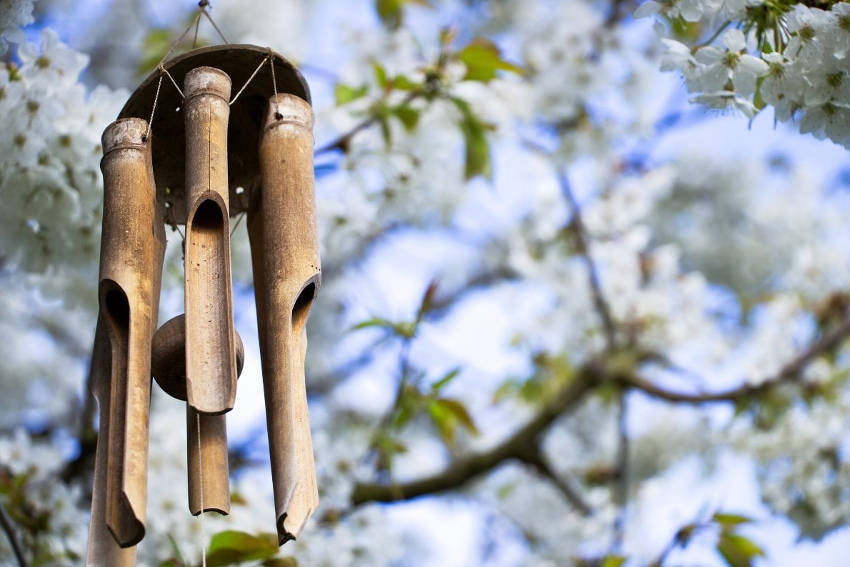
- Taste
The final sense of taste is most easily catered for by planting berries, fruits, herbs, and even vegetables. Aim for plants which provide plenty of small mouthfuls, such as peas for podding on the move, or herbs where a single leaf can provide an intense hit of taste.
You can also ring the changes by growing edible flowers including nasturtium, violets, and calendula.
However, it's vital to take care when choosing your plants. Avoid anything poisonous anywhere in the garden if you're encouraging tasting in one section of it. Also, make it clear which plants can be safely tasted and which may offer a far less pleasant experience, and don't plant similar edible and inedible varieties which are easy to confuse.
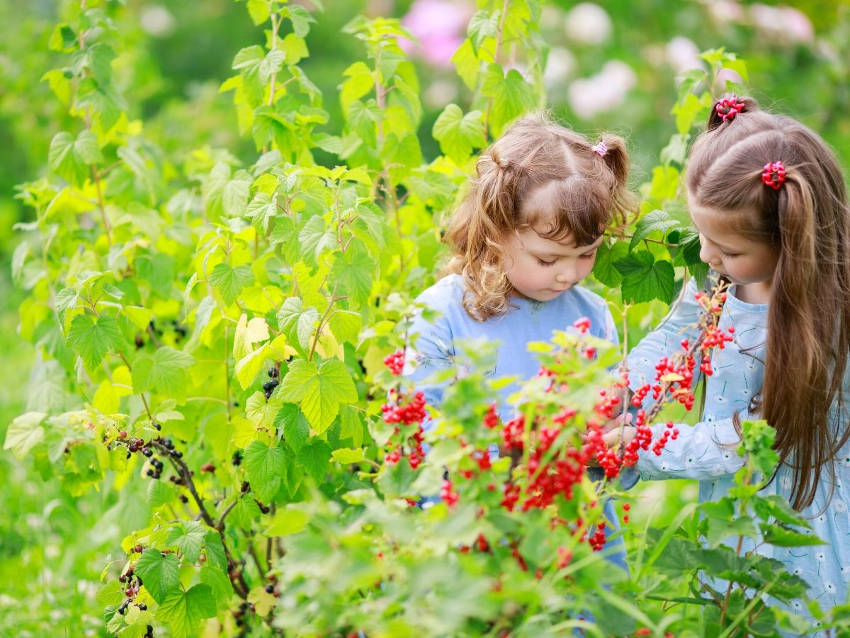
A Few General Sensory Garden Design Points
- Many plants cross boundaries and can fulfil several sensory roles. For example, the 'Bright Lights' cultivar of Swiss chard provides both colour and a culinary link to explore. Lavender covers nearly the full sensory range with its colour, smell, taste, and texture. Such plants help a sensory garden make full use of all the senses together, providing a more intense experience.
- If your garden is aiming for therapeutic use, make sure to allow for accessibility. Build paths and gateways wide enough for wheelchair use, but also use ideas such as raised beds to bring plants closer to people with restricted mobility.
- One last issue to consider is that if your garden will be used by people in less robust health, try and minimise the risks of hay fever and asthma problems. Choose insect-pollinated plants wherever possible, rather than those which spread pollen on the breeze.
But the final point is the most important. Whether you're designing a sensory garden for therapeutic purposes or for your own relaxation and enjoyment, building a space that stimulates all the senses is a great opportunity to give your gardening creativity free rein.
